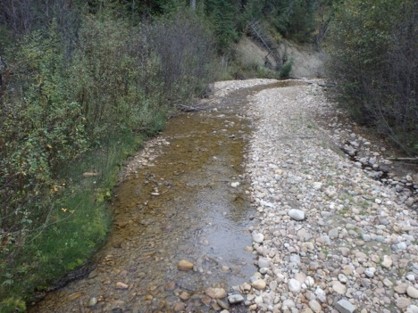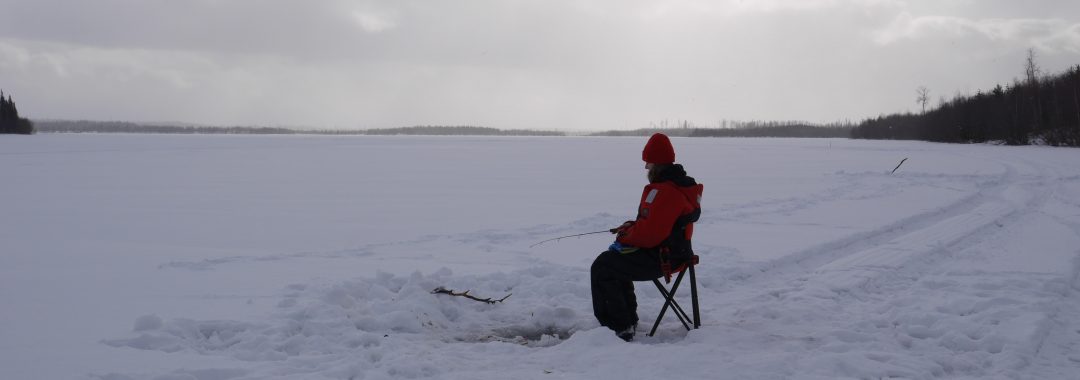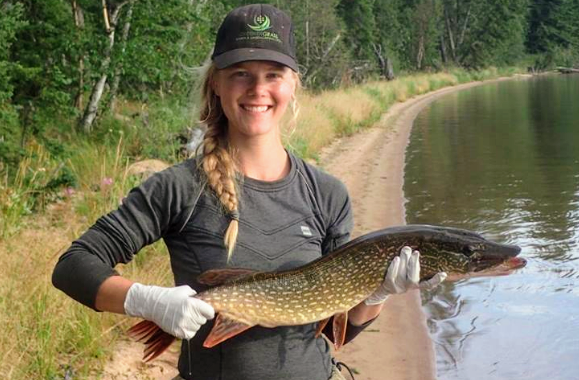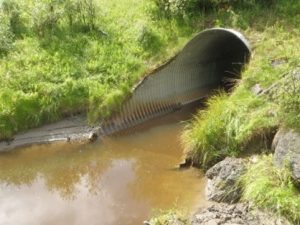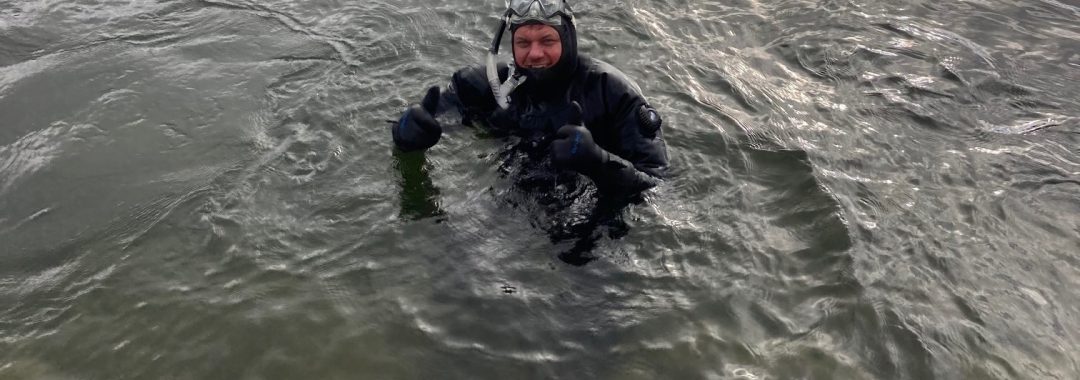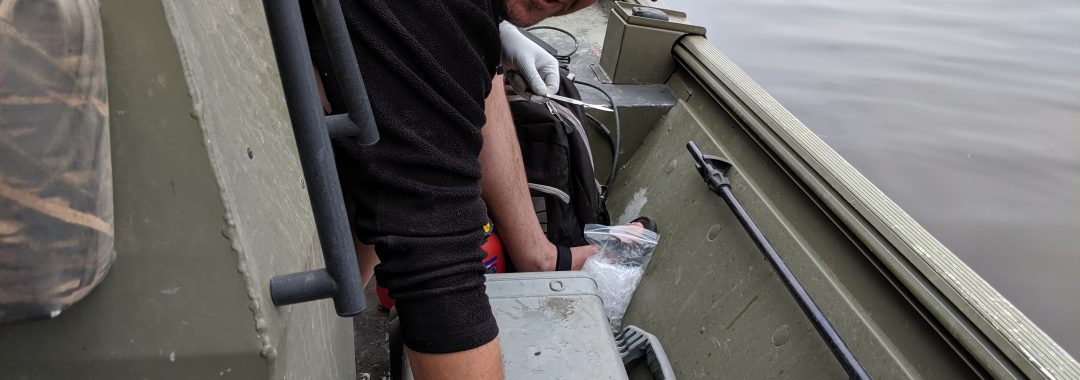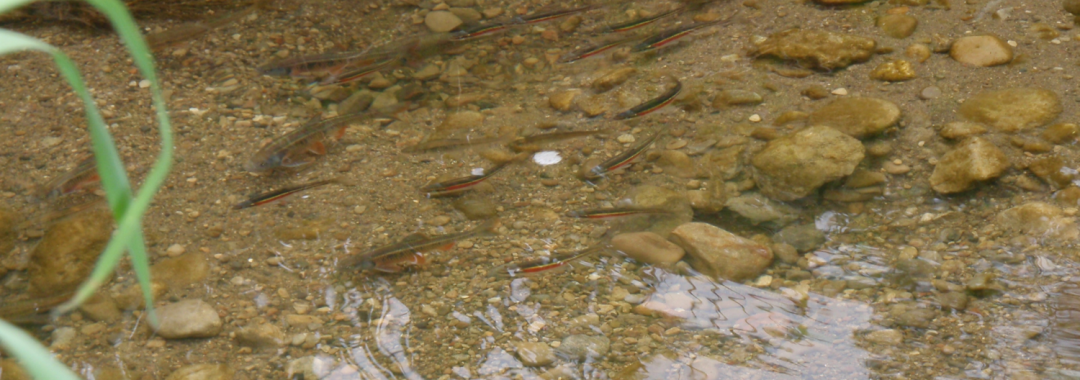Abstract:
Reliable angler activity data inform fisheries management. Traditionally, such data are gathered through surveys, but an innovative cost-effective approach involves utilizing online platforms and smartphone applications. These citizen-sourced data were reported to correlate with conventional survey information. However, the nature of this correlation—whether direct or mediated by intermediate variables—remains unclear. We applied Bayesian networks to data from conventional surveys, the Angler’s Atlas website, the MyCatch smartphone application, and environmental data across Alberta and Ontario, Canada, to detect probabilistic dependencies. Using Bayesian model averaging, we quantified the strength of connections between variables. Waterbody webpage views were directly related to daily- and weekly-aggregated boat counts in Ontario (51% and 100% probability) and to weekly-aggregated creel survey-reported fishing duration in Alberta (100%). This highlights the value of citizen-sourced data in providing unique insights beyond meteorological factors, with online interest serving as a potentially reliable proxy for angler pressure and effort.
Citation: Tayebi A. T., Schmid J., Simmons S., Poesch M. S., Ramazi P. and M. Lewis. (2025) Website views as a proxy for angler pressure and effort: Insight from Bayesian networks. Canadian Journal of Fisheries and Aquatic Sciences.
Also Read:
*Lab members: Julia Schmid and Mark Poesch. Check out opportunities in the lab!

